Strawberry - berry culture with juicy and aromatic fruits. The number of the latter largely depends on the correct care of the bushes after harvesting last season. The cultivation of a berry on the harvest does not end, but, on the contrary, watering, top dressingImproving the structure of the soil, pruning and preventive treatment from harmful organisms contribute to the laying of flower buds for the next season.
Content
Post-Harvest Strawberry Care
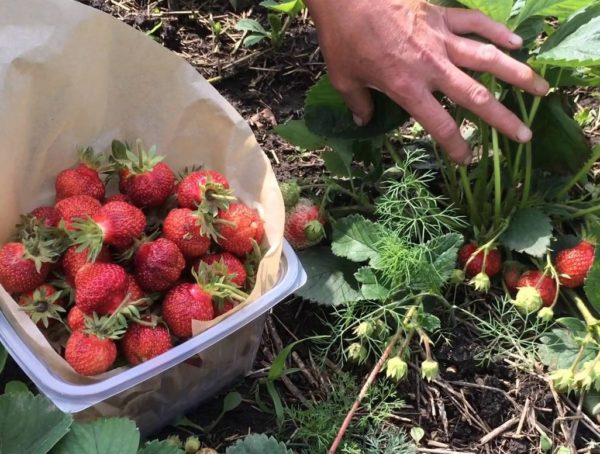 Removing delicious berries from the bushes is only one of the stages of growing a perennial herb. After fruiting, some gardeners consider the phase after fruiting to be more responsible, since a future crop is being formed at this time. In case of violation of strawberry care in late summer and autumn, it may not work out to correct the situation in spring.
Removing delicious berries from the bushes is only one of the stages of growing a perennial herb. After fruiting, some gardeners consider the phase after fruiting to be more responsible, since a future crop is being formed at this time. In case of violation of strawberry care in late summer and autumn, it may not work out to correct the situation in spring.
Watering
After fruiting, the bushes should be allowed to recover, grow stronger and lay new buds. Good soil moisture will help. Plantings are watered weekly in large portions. It is necessary that not only the arable layer is saturated with moisture, but also meter. Superficial irrigation will not bring any benefit, and may even provoke the development of fungal diseases due to the systematic stagnation of water in the roots.
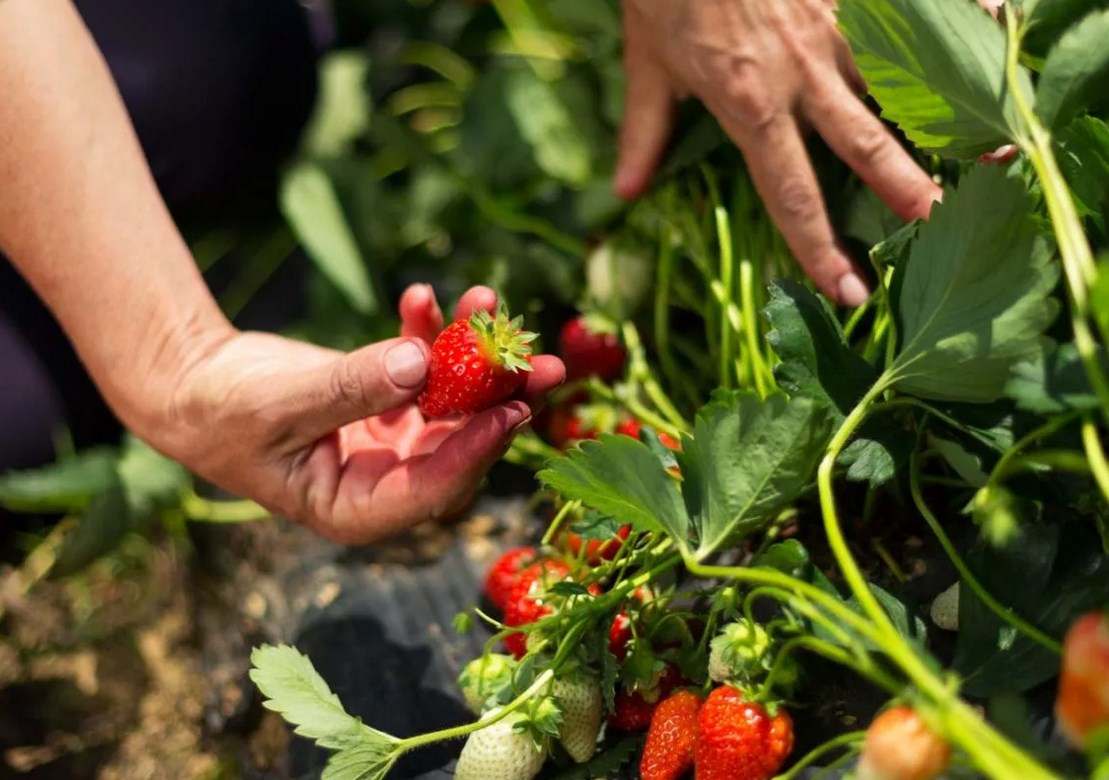 You may be interested in:
You may be interested in:Soil treatment
After watering, the aisles are loosened. In trunks, a chopper is used carefully so as not to damage the root system of the culture. Bushes spud, covering the bare exposed roots with earth. At the same time, weeds are removed. To slow the growth of the latter, the beds are mulched with sawdust. Thanks to this technique, in preparation for winter, the soil will be almost clean. In addition, the mulch will slow the evaporation of moisture, will not allow an airtight crust to form on the surface of the soil.
Top dressing: fertilizers and technology
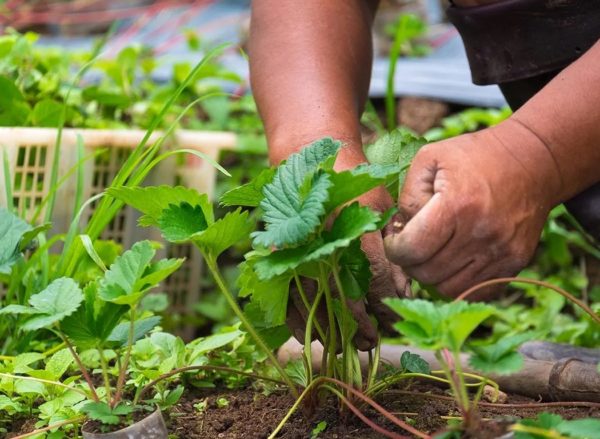 Strawberries respond very well to organics. Supporters of natural farming select the following means: horse manure, humus, mullein, bird droppings. Organic fertilizers can be replaced with complex mineral agrochemicals or alternated with them. Effective nitroammophosk, which contains nitrogen, phosphorus, potassium, as well as additional trace elements: magnesium, sulfur,
Strawberries respond very well to organics. Supporters of natural farming select the following means: horse manure, humus, mullein, bird droppings. Organic fertilizers can be replaced with complex mineral agrochemicals or alternated with them. Effective nitroammophosk, which contains nitrogen, phosphorus, potassium, as well as additional trace elements: magnesium, sulfur,
The method of application depends on the chosen product. The most common tricks:
- After loosening and weeding, fragments of mullein or horse manure are laid out on the site, so that subsequent irrigation, sediments gradually dissolve the organic matter and deliver nutrients to the roots of the plants.
- Chicken droppings are dissolved in water in a ratio of 1: 20. Fertilizer mixture is used for watering under bushes. This volume is enough for 8 copies.
- Mineral fertilizers are evenly distributed over the entire area and sealed with a hoe during loosening. Then the aisles are abundantly watered, covered with a layer of mulch.
Strawberry pruning: timing and layout
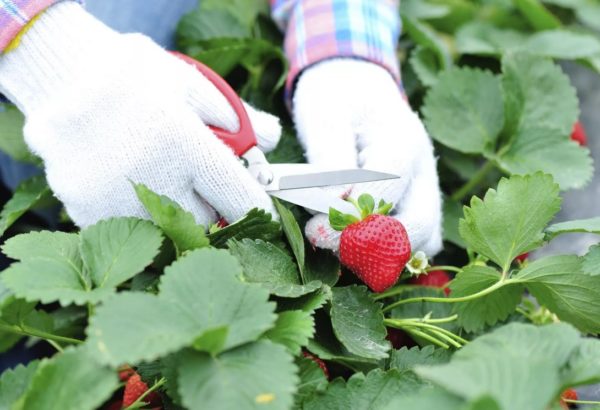 An important agrotechnical measure to preserve yield indicators.Conventional varieties are pruned immediately after harvesting. If it is a repair strawberry, it is better not to undergo the procedure after the first year of fruiting. In this case, it is advisable to remove only weak, damaged shoots and mustaches (if any). This is due to the fact that the repair varieties demonstrate high yields only in the first two years. Then it is greatly reduced.
An important agrotechnical measure to preserve yield indicators.Conventional varieties are pruned immediately after harvesting. If it is a repair strawberry, it is better not to undergo the procedure after the first year of fruiting. In this case, it is advisable to remove only weak, damaged shoots and mustaches (if any). This is due to the fact that the repair varieties demonstrate high yields only in the first two years. Then it is greatly reduced.
Before starting the procedure, prepare garden tools: a shovel, a sharp secateurs or scissors. Main steps:
- If there are old or intensely affected bushes, they are dug up and destroyed.
- In other instances, the foliage is cut to a height of 10 cm from the ground.
- Remove the mustache.
- All plant debris is removed from the beds, as they can be a source of disease.
Protection against diseases, pests
With proper care, the culture has good immunity. However, diseases can also develop for reasons independent of the gardener: adverse weather conditions, a large supply of infection in the soil, and a special regime for protecting plants in a particular cultivation region. In such circumstances, preventive treatment will help prevent crop shortages due to disease damage and colonization by harmful organisms. strawberries after harvest.
Plantings are sprayed after removal of plant debris, which serves as a litter for the stock of pests and infection. From the appearance of foci of fungal diseases, a fungicide solution is used. If this year the nutrition of strawberry weevil, spider mite, aphids was noted, then the treatment is carried out using insecticidal preparations. Spray the bushes in dry, calm weather.
To obtain consistently rich yields, strawberries should be cared for constantly, even after harvesting. Compliance with agricultural technology will allow the bushes to recover quickly and lay many new buds.

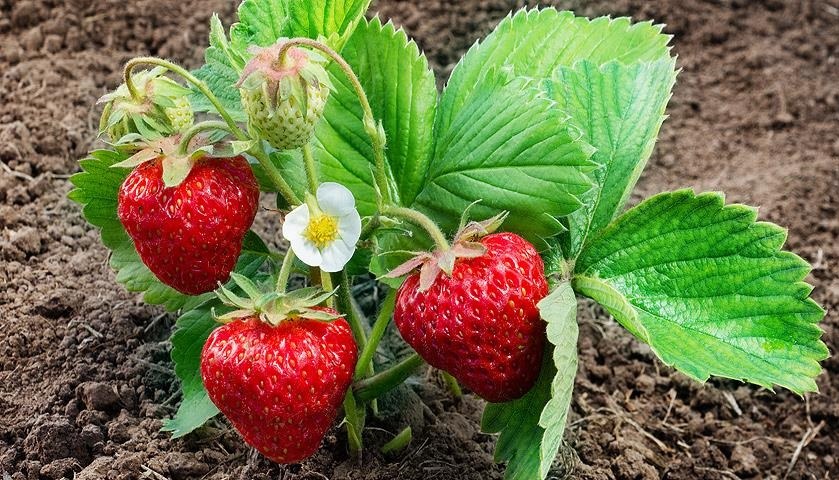
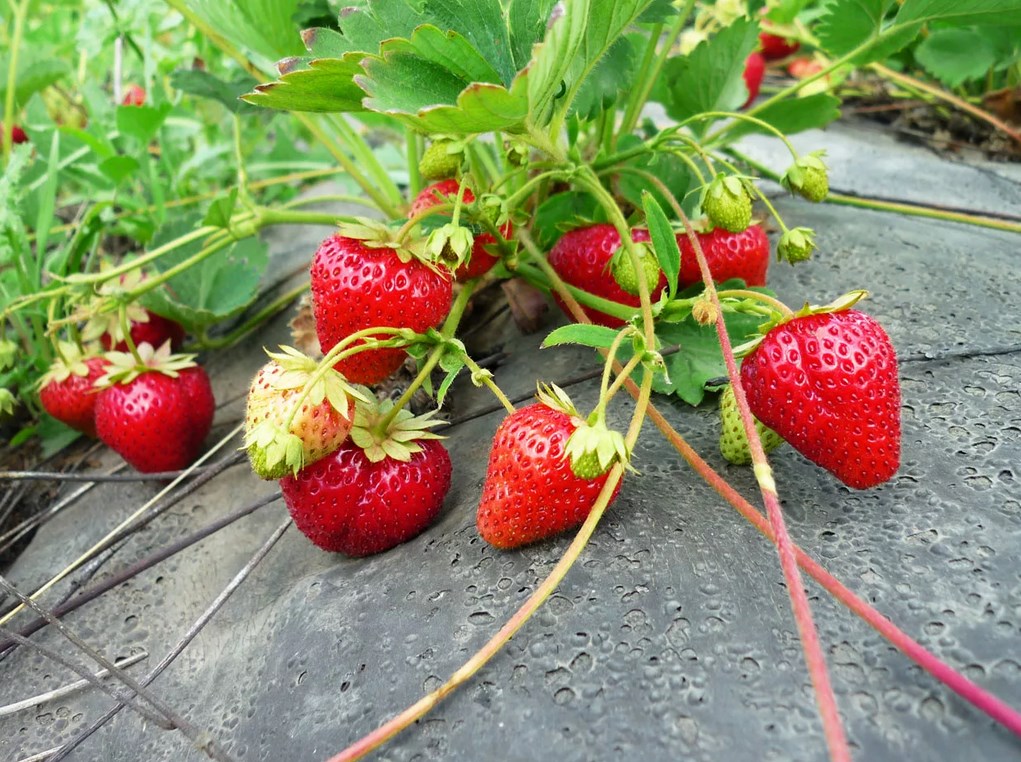
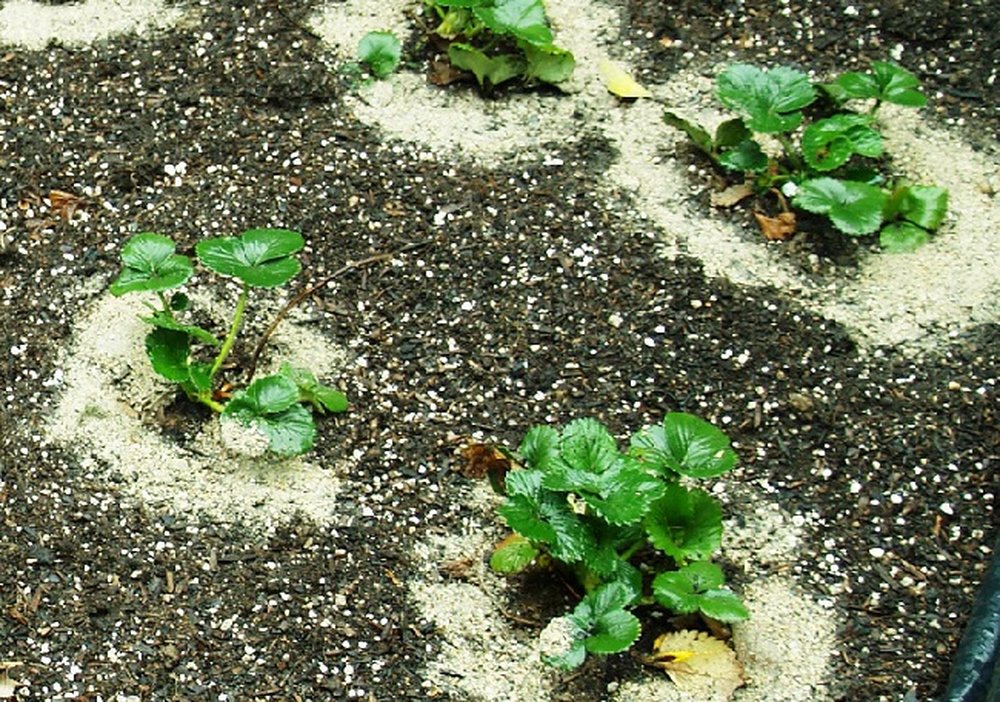 When to plant strawberries for seedlings from seeds in 2024
When to plant strawberries for seedlings from seeds in 2024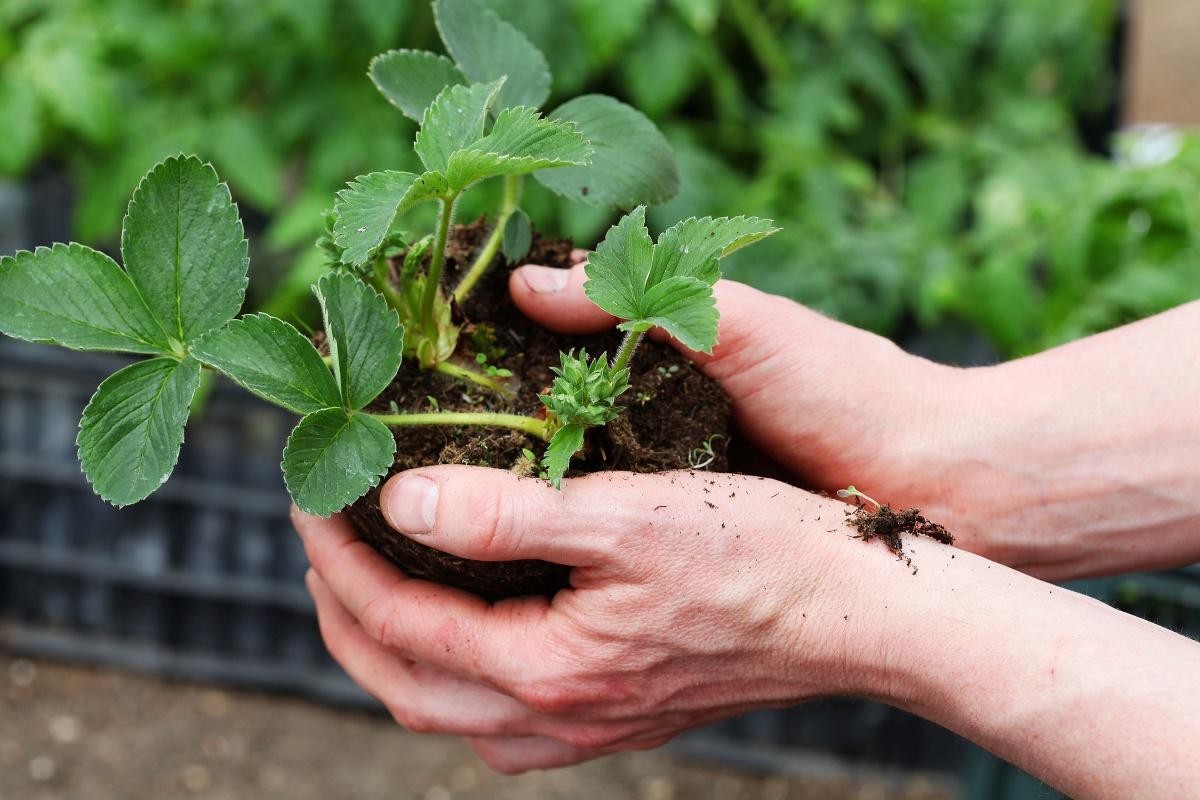 What month is better to choose for a strawberry transplant in the fall
What month is better to choose for a strawberry transplant in the fall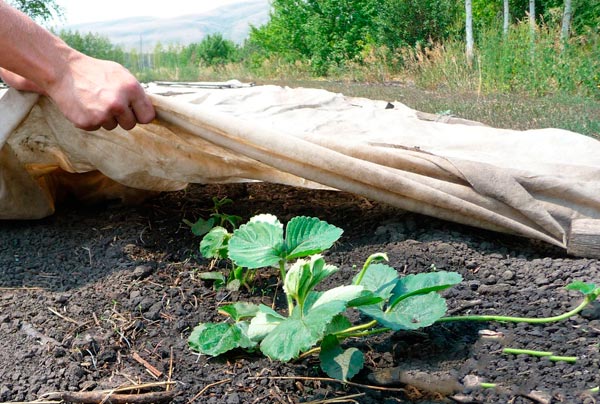 How to cover strawberries for the winter
How to cover strawberries for the winter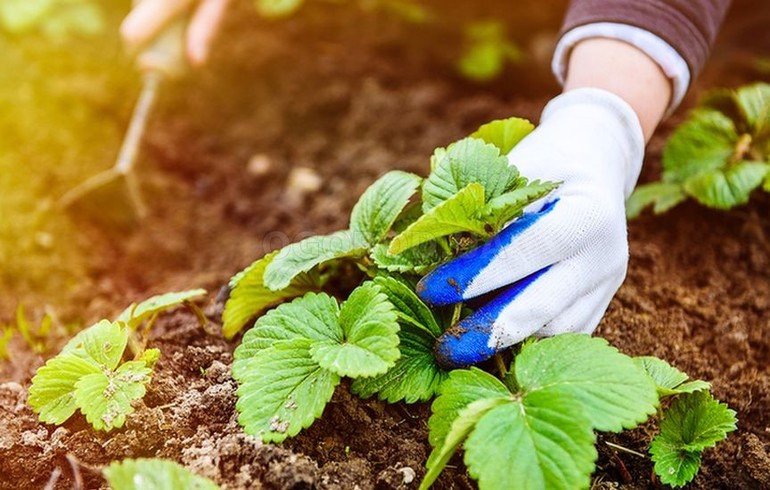 Proper care and pruning strawberries in the fall in the suburbs
Proper care and pruning strawberries in the fall in the suburbs